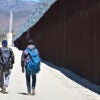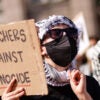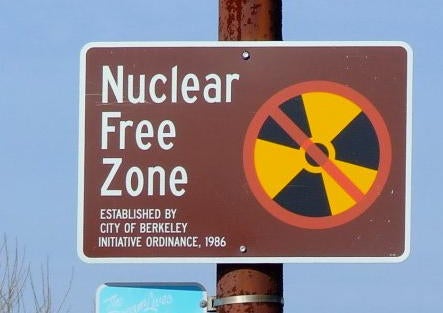Last week, President Barack Obama announced his next initiative on nuclear weapons reductions, calling on Russia and the U.S. to reduce actively deployed nuclear warheads by one-third from 1,550 to around a 1,000. The White House also released a Fact Sheet on the new U.S. nuclear weapons employment strategy. The President’s initiative rings hollow at a time when every nuclear power except the U.S. is increasing its strategic arsenal.
The world hasn’t become any safer since President Obama took office. The U.S. doesn’t even know what will be the international effects of the failed New Strategic Arms Reduction Treaty, which entered into force in 2011. The treaty mandates U.S. reductions, while allowing Russia to build up. As Senator Kelly Ayotte (R–NH) observes:
The Daily Signal depends on the support of readers like you. Donate now
Before seeking additional reductions to our nuclear arsenal, the administration should certify that the Russians are fully complying with all existing arms agreements, and the administration should honor the nuclear modernization commitments it made during the last round of nuclear reductions.
The Administration’s review wasn’t strategic because it was based on the premise that the U.S. has more weapons than it needs, as the President said in March 2012 in South Korea. In contrast, a sound strategic review would begin by assessing threats that the U.S. or allies might face.
There are plenty. Since President Obama took office, North Korea conducted its third nuclear device test and threatened to use nuclear weapons on U.S. cities. Russia has launched its most extensive nuclear weapons modernization program since the end of the Cold War, and Iran is moving ever closer to obtaining nuclear weapons capability of its own.
The President’s new guidance is based on false premises. For example, it “directs DOD [Department of Defense] to strengthen non-nuclear capabilities and reduce the role of nuclear weapons in deterring non-nuclear attacks.” Yet sequestration and budget caps will reduce the Pentagon’s budget by almost one trillion dollars between now and 2021. This scale of reductions will not allow the military to protect U.S. vital national interests. The sequestration is already causing a readiness crisis, and conventional weapons cannot substitute for the unique attributes of nuclear weapons.
The Fact Sheet says that the President is taking these steps to achieve “the peace and security of a world without nuclear weapons.” This is just wishful thinking on the part of the President. A world without nuclear weapons is not inherently more stable or peaceful. World War I and World War II, which followed centuries of brutal warfare, are testaments to this fact. Only after the invention of nuclear weapons has mankind enjoyed unprecedented levels of relative peace.
Nuclear weapons policy is too important to be left to unrealistic assumptions and wishful thinking. This nation cannot afford to just barely deter an attack; it needs a nuclear weapons arsenal that is credible in the minds of U.S. allies and adversaries today and in the decades ahead.
































